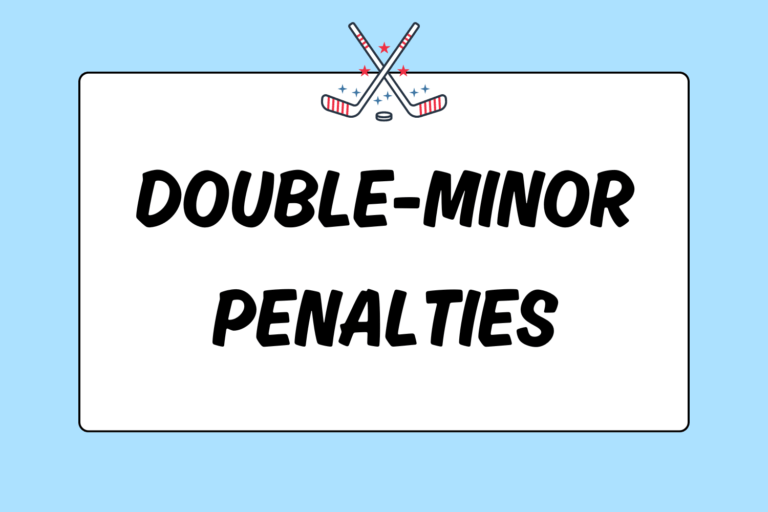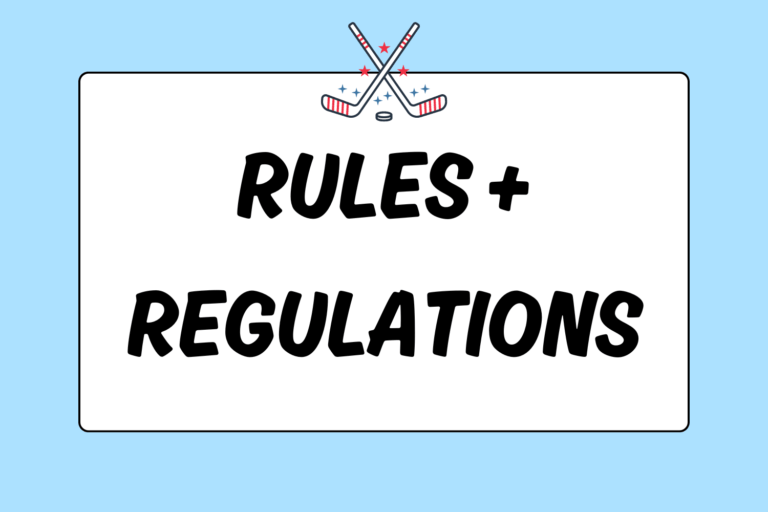In ice hockey, the term “seal the boards” refers to stopping the puck as the opposing team tries to clear their defensive zone. Sealing the boards is key to sustaining offensive pressure: If the opponent can’t clear the zone, you’ll have more offensive opportunities to score.
However, the puck is just a one-inch by three-inch disk. Because the puck’s so small, sealing the boards is easier said than done. This guide outlines how and when to seal the boards.
Proper Technique
As with most ice hockey techniques, sealing the boards isn’t as easy as it looks. If you over-commit to sealing the boards, you’ll open up the center of the ice for your opponent to make a pass (or skate the puck out of the zone). Luckily, there’s a way to position your body that makes both passing the puck cross-ice and dumping it down the boards unattractive options to the puck-carrier. Below is an outline of the proper positioning for sealing the boards:
- Position yourself so that you’re facing away from the boards with an open-body position to the puck-carrier.
- Place one of your skate heels firmly against the boards. Which heel you use depends on which side of the rink you’re on. You’ll be more open to the puck if you use the heel that’s nearest to the puck. Make sure this skate blade is perpendicular to the boards.
- Your other skate should be staggered slightly to the front of the skate that’s pressing against the boards.
- Your hips or butt should press against the boards.
- Your stick should be active and in front of you to take away any pass attempt if your opponent doesn’t wrap the puck along the boards.
If the puck-carrier tries to clear the puck along the boards, you can simply lean back and create a “seal” on the boards; all the way from the ice to your shoulders.
“If the puck doesn’t get out of the zone by the third attempt, the puck will often not get out of the zone… and the end effect is a goal. “
Scotty Bowman
The most winning NHL coach of all time
Positional Timing
Timing your movement towards the boards is very important. Commit to sealing the boards as soon as your opponent tries to clear the zone — but don’t jump the gun. If you cheat towards the boards, you’ll likely leave a lane open for a cross-ice pass in the process.
Remember Your Responsibilities
When you’re first learning to seal the boards, practice it during scrimmages. Sealing the boards is hard to learn in practice and dangerous to learn during a real game. Because of these reasons, scrimmages are an ideal time to focus on this valuable skill.





